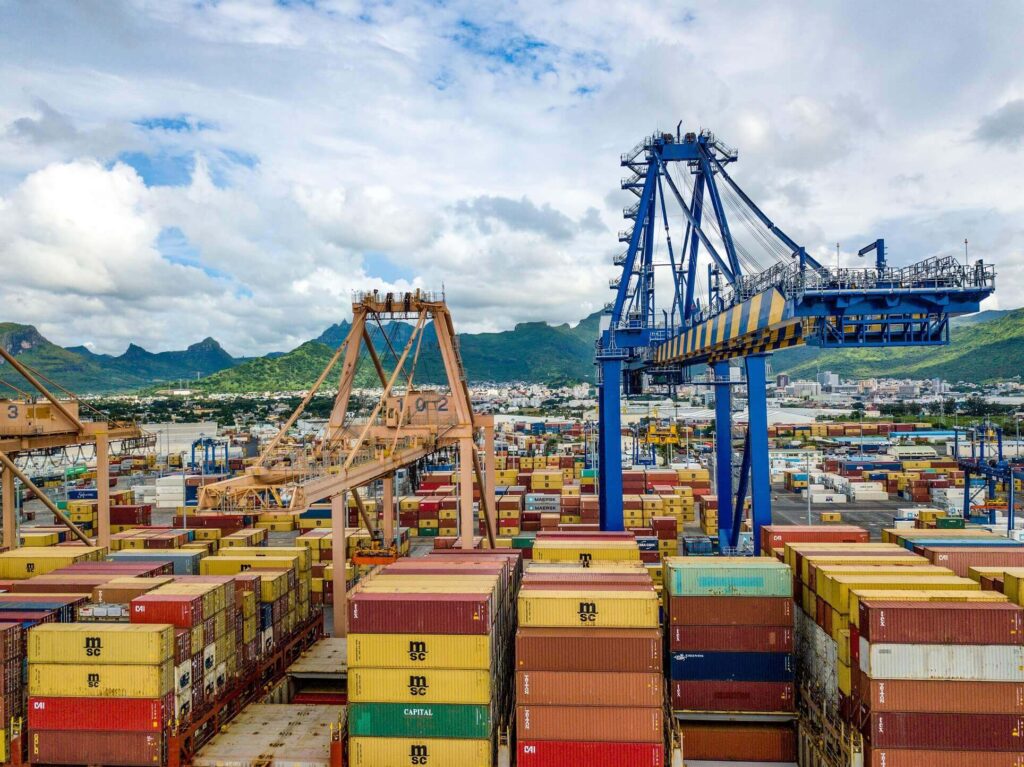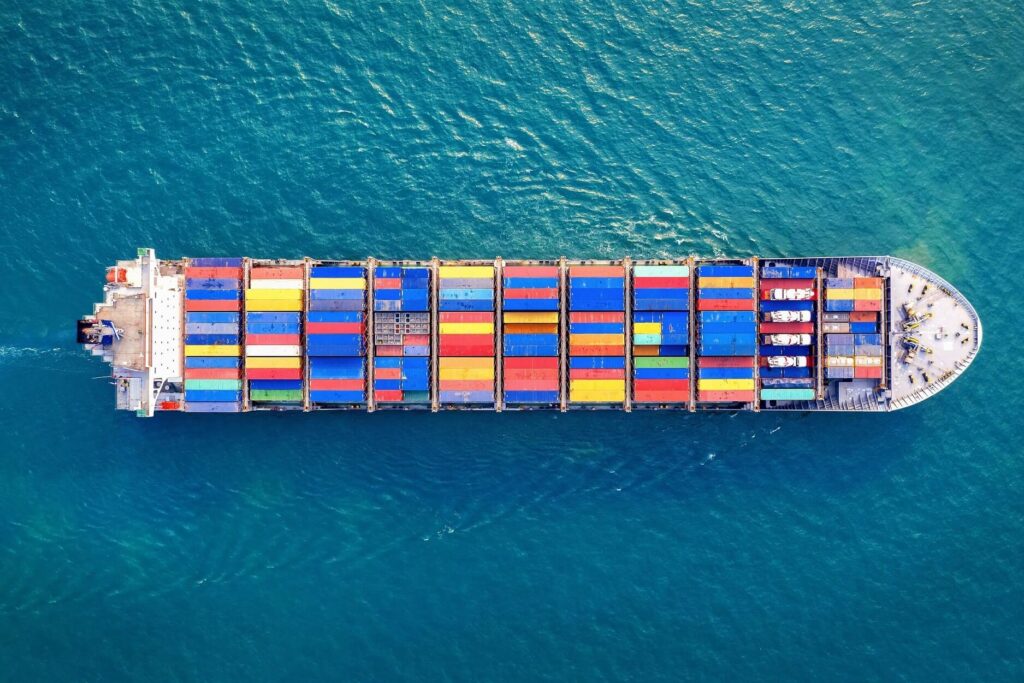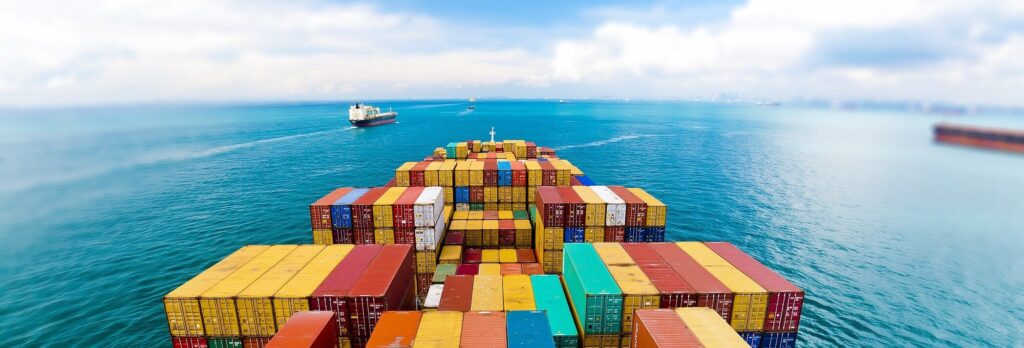Manisha Dookhony | Economist & Partner Rwenzori Consulting
An expert in the field of trade and investment for Africa and the Indian Ocean, Manisha Dookhony is an esteemed analyst on economical matters. She analyses the challenges that the Mauritius Freeport Zone faces in a highly competitive geopolitical context and highlights its growth opportunities.
A few decades ago, as a young economist, when I worked for the Ministry of Finance, I was given the portfolio of all international trade and the freeport sector. Modelled on the Jebel Ali Freeport, it was full of promises. Somehow despite being set on a launchpad, it did not really take off as it should have.
Moreover, it is worth noting that the freeport has been making headway. Last year the fDi’s Global Freezones of the Year Awards 2020 ranked the Mauritius Freeport 9th and highly commended in Africa. In 2012/13, the Mauritius Freeport was ranked 14th. Hence there has been sustained gradual improvement in particular in the port infrastructure managed by the Mauritius Ports Authority.
Created in 1992, the initial intent of the freeport was to set Mauritius as a base, where ships would bring merchandise in bulk and then re-export would happen from the freeport zone towards countries in Africa. In doing so, the re-export would be in lesser quantity that is by breaking bulk. Hence positioning Mauritius as a transhipment hub for the islands including Madagascar and the eastern coast of Africa.
The Freeport sector development, around the turn of the century, needs also to be viewed together with the then Export Processing Zone (EPZ) regime (which has been phased out with grandfathering of some clauses for existing manufacturing entities). The incentives offered within the freeport were very similar to those available in the EPZ. Thus, naturally questions arose on whether to combine both regimes. With the end of the multifibre agreement, the textiles sector as it stood was not viable anymore and needed to be remodelled and that led to the end of the Export Processing Zone regime.
Within the freeport, some new advancements took place, namely the creation of the seafood hub in 2003. Had the EPZ existed, the seafood transformation subsector would very much likely have remained part of the EPZ. Having seafood transformation allowed a new boost to the sector.
The Mauritius Freeport has diversified since and expanded to include not only zones in the seaport area but also the airport. It includes logistics business such les Chantier Naval de l’Ocean Indien (CNOI), which has a contract with the French Navy for the maintenance and repair of its frigates based in Reunion Island.
One key element of the freeport that needs to be highlighted is its infrastructure. It has been modern since the beginning and integrated several advanced features. In fact, it was the first or one of the first to be linked by fibre optics, underground cabling systems, which meant that even in times of bad whether the freeport could remain operational.
A major event in world trade was the accession of China to the WTO which meant that China could reap the benefits of global access of Trade. Mass exports from China and relatively low cost of maritime shipment meant that importers in Africa did not necessarily need to break bulk or bring products to a third port such as Port Louis. Those who did often preferred the middle eastern countries.
DEVELOPMENT OF PORTS IN AFRICA
Moreover, as ports became more and more efficient across the continent, dwell time of cargo shortened and investments expanded. The port of Mombasa for example dredged new channels and expanded the handling capacity of the port. In 2016, a new container terminal was completed as part of Kenya’s Vision 2030. Kenya could welcome bigger Panama size ships. Similarly, the Japanese government has supported the modernisation of the port of Toamasina in Madagascar with new wave-dissipating blocks for a breakwater, expansion and dredging of the container freight berths, and an expansion of the container yard.
There has indeed been unprecedented growth in investment and competitiveness in the ports across the African continent. In 2019, the investment in port development across the continent reached $15.2 Billion which is a 13-fold increase from 2005.
The port of Durban has always been a direct competitor for Mauritius. It is the largest port in this region and with 31.4 million tons of Cargo each year, it is the busiest port in Africa.
On the Eastern side of Africa, the other top two contenders are the ports of Mombasa, and that of Dar-es-Salam in Tanzania. Both Mombasa and Tanzania are direct competitors to each other as they are the gateways for the eastern and central African regions through the Northern and Central Corridors.
For Mombasa, despite the Covid Pandemic, the port has been handling more cargo in 2020 than in 2019 with 8.6 million tons in 2020 compared to 8.3 in 2019 according to the Kenya National Bureau of Statistics. For Dar-es-salam, while, the port can handle 10 million tons of Cargo, it is only handling around 3 million. Mauritius in 2019, had 8.5 million tons of Cargo traffic. By comparison in 2000, the port of Mauritius was handling only about half that amount. This is to say that the growth in traffic and vessel calls in Mauritius is likely to signal that there can be a boost to the freeport sector.
SCOPE FOR GROWTH OF THE TRANSHIPMENT HUB
In fact, not every port on the African Continent is large enough to be able to accommodate large vessels. As such, the development of transhipment hubs is definitely still something to watch for. As intra Africa trade grows with the coming into force of the AfCFTA. Trade is expected to grow. All countries do not have the capacity to invest in deep ports. Some will become logistics hub ports and smaller vessels will help in transiting the goods to smaller ports. This is likely to mean more competition in the transhipment business.
Mauritius being already a hub for transhipment with relevant linkages can greatly benefit from this trend.
We do have a well-functioning port, with an ambition to become better. From 2016 to 2019, the vessel traffic, container traffic and even re-export handling has been on the rise with a 47% rise in that period. That means that Mauritius could build a strategy to ride on the wave of this potential increase in the overall African transhipment business and thus further increase the transhipment business through Mauritius.






Comments are closed.